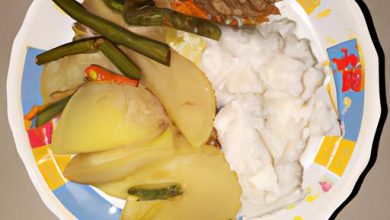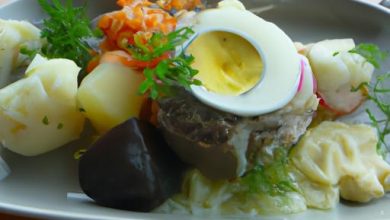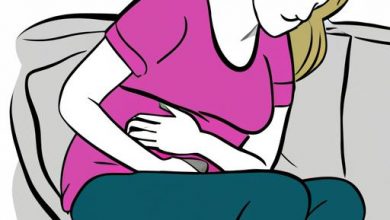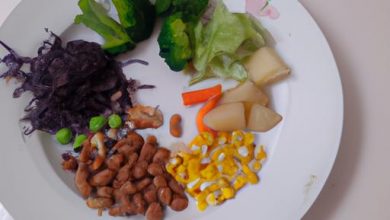Which Food to Eat for Weight Loss?
Losing weight can be an overwhelming process, especially when you’re not sure what foods to eat or avoid. Choosing the right foods is crucial to achieving your weight loss goals. In this article, we’ll explore some of the best foods to incorporate into your diet for weight loss, foods to avoid, meal planning tips, and healthy snack options.
Foods to Incorporate in Your Diet for Weight Loss
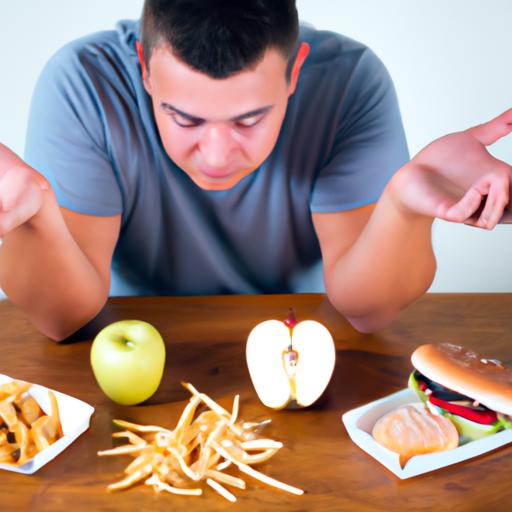
High-Protein Foods
Protein is an essential nutrient that plays a vital role in weight loss. Eating a high-protein diet can help you feel full for longer periods, reduce your appetite, and boost your metabolism. Some excellent sources of protein include lean meats, fish, eggs, nuts, and legumes. Incorporating these foods into your diet can help you reach your weight loss goals.
Fiber-Rich Foods
Foods rich in fiber are also great for weight loss. Fiber helps you feel full and satisfied, reducing your calorie intake. Additionally, foods high in fiber can help regulate your blood sugar levels, preventing cravings and overeating. Some fiber-rich foods include fruits and vegetables, whole grains, legumes, and nuts.
Healthy Fats
Contrary to popular belief, not all fats are bad for you. Foods like nuts, seeds, avocado, and fatty fish are high in healthy fats that can help you lose weight. These fats can help you feel full and satisfied, reducing your cravings for unhealthy snacks. Incorporating healthy fats into your diet can also help improve your heart health and reduce your risk of chronic diseases.
Foods to Avoid for Weight Loss
Processed Foods
Processed foods are often high in calories, sugar, and unhealthy fats. These foods can lead to weight gain and increase your risk of chronic diseases. Instead of processed foods, opt for whole foods like fruits, vegetables, and whole grains.
Sugary Drinks and Snacks
Sugary drinks and snacks are loaded with calories and can lead to weight gain. Additionally, consuming too much sugar can increase your risk of developing diabetes and other chronic diseases. Instead of sugary drinks and snacks, opt for water, unsweetened tea, or healthy snacks like fruits and nuts.
Stay tuned for the next two sections: “Meal Planning for Weight Loss” and “Healthy Snack Options for Weight Loss.”
Foods to Avoid for Weight Loss
Processed Foods
Processed foods are often high in calories, sugar, and unhealthy fats. These types of foods can lead to weight gain and increase your risk of chronic diseases. Instead of processed foods, opt for whole foods like fruits, vegetables, and whole grains. These foods are lower in calories and higher in nutrients, making them a great choice for weight loss.
Sugary Drinks and Snacks
Sugary drinks and snacks are loaded with calories and can lead to weight gain. Additionally, consuming too much sugar can increase your risk of developing diabetes and other chronic diseases. Instead of sugary drinks and snacks, opt for water, unsweetened tea, or healthy snacks like fruits and nuts. By reducing your sugar intake, you can enhance your weight loss efforts and improve your overall health.
High-Calorie Foods
High-calorie foods like fried foods, fast foods, and baked goods can derail your weight loss efforts. These foods are usually high in unhealthy fats and sugar, making them a poor choice for weight loss. Instead, choose foods that are lower in calories and higher in nutrients, like fruits and vegetables.
Meal Planning for Weight Loss
Importance of Meal Planning
Meal planning is an essential part of weight loss. Planning your meals ahead of time can help you make healthier food choices and avoid unhealthy options. Additionally, meal planning can help you save time and money by reducing the number of trips to the grocery store. By setting aside time to plan your meals for the week, you can stay on track with your weight loss goals.
Tips for Effective Meal Planning for Weight Loss
To plan your meals effectively, you should first determine your daily calorie intake. This will help you determine the number of servings you need from each food group. Additionally, you should aim to include a variety of foods in your diet, such as fruits, vegetables, whole grains, healthy fats, and lean proteins. When planning your meals, be sure to consider your schedule and plan for meals that are easy to prepare and convenient to take on the go.
Sample Meal Plan for Weight Loss
Here’s an example of a meal plan for weight loss:
- Breakfast: Oatmeal with fresh fruit and nuts
- Snack: Greek yogurt with berries
- Lunch: Grilled chicken salad with mixed greens and a vinaigrette dressing
- Snack: Hummus with carrots and celery
- Dinner: Baked salmon with roasted vegetables and quinoa
By incorporating these foods and meal planning tips into your diet, you can achieve your weight loss goals while still enjoying delicious, healthy foods.
Healthy Snack Options for Weight Loss
Snacking can be a challenge when you’re trying to lose weight. Choosing the right snacks can help you stay on track and avoid unhealthy foods. Here are some healthy snack options that can help you lose weight:
Nuts and Seeds
Nuts and seeds are great for snacking because they’re high in protein, fiber, and healthy fats. They can help you feel full and satisfied, reducing your cravings for unhealthy snacks. Some great options include almonds, cashews, walnuts, chia seeds, and pumpkin seeds.
Fresh Fruits and Vegetables
Fresh fruits and vegetables are excellent snacks because they’re low in calories and high in nutrients. They can help you feel full and satisfied, reducing your appetite for unhealthy snacks. Some great options include apples, berries, carrots, celery, and cucumbers.
Low-Fat Dairy Products
Low-fat dairy products like Greek yogurt and cottage cheese are excellent snacks because they’re high in protein and calcium. They can help you feel full and satisfied, reducing your cravings for unhealthy snacks. Just be sure to opt for low-fat options to keep your calorie intake in check.
Conclusion
In conclusion, choosing the right foods is essential for weight loss. Incorporating high-protein, fiber-rich, and healthy fat foods into your diet can help you feel full and satisfied, reducing your appetite for unhealthy snacks. Additionally, avoiding processed foods, sugary drinks, and snacks can help you stay on track and achieve your weight loss goals.
Finally, for successful weight loss through diet, it’s essential to plan your meals ahead of time and choose healthy snack options. Remember, small changes to your diet can add up to significant weight loss over time. Keep these tips in mind, and you’ll be well on your way to a healthier, happier you. Stay tuned for more updates from Zahnweiss Info for all your dental health news and expert advice.

